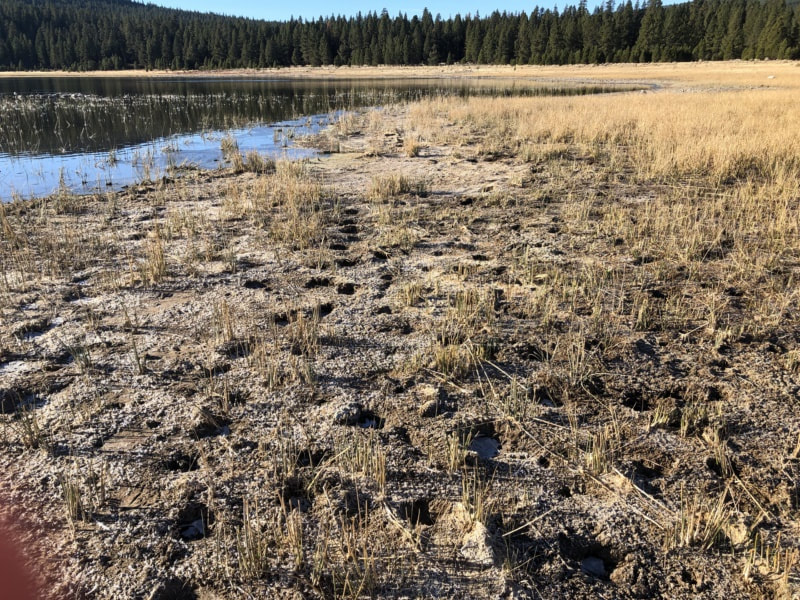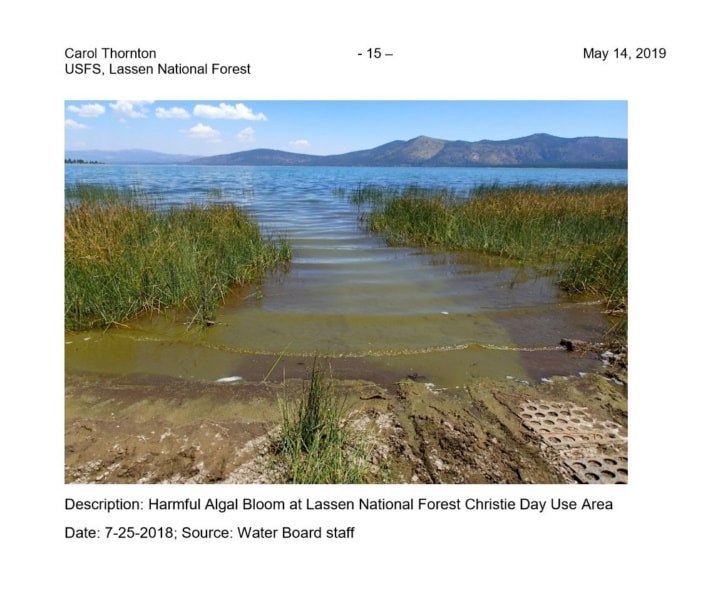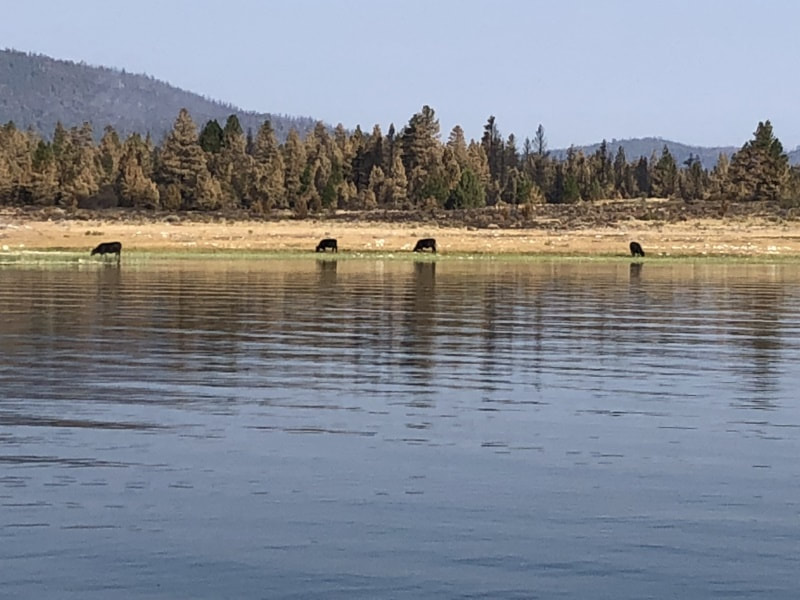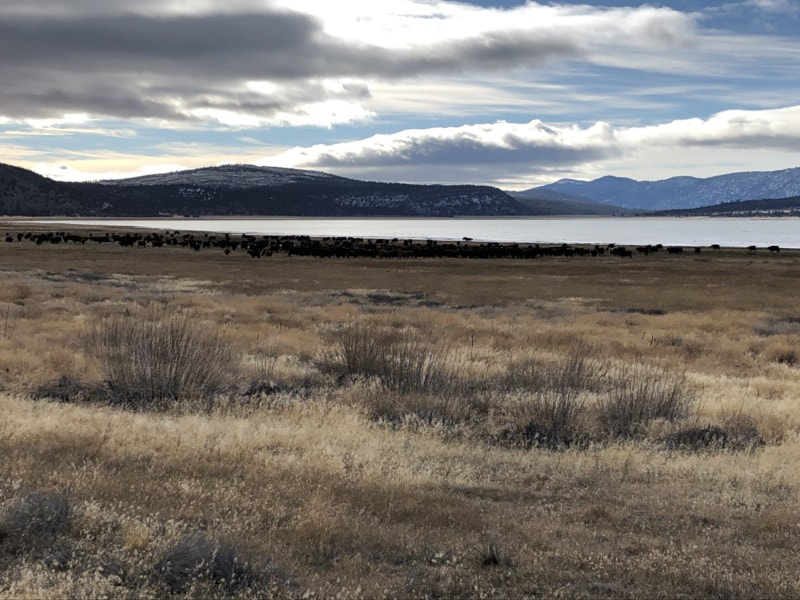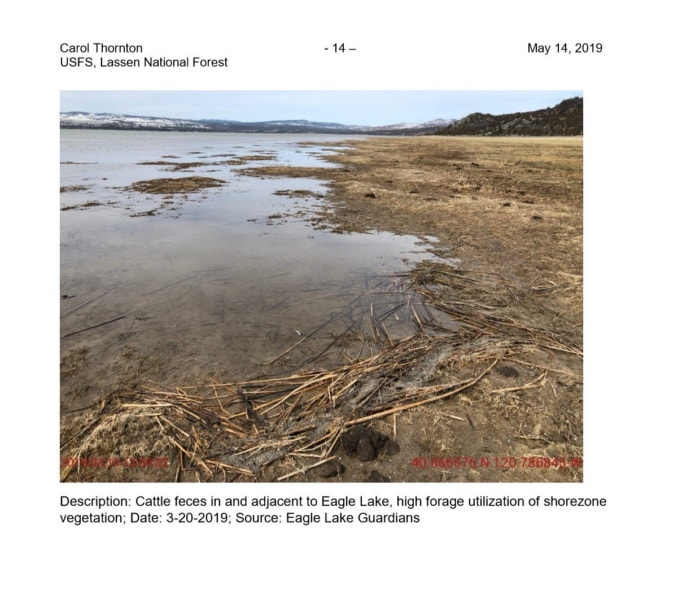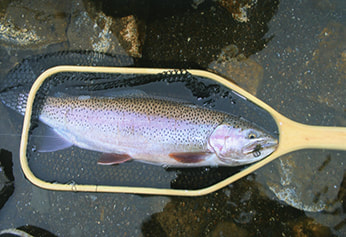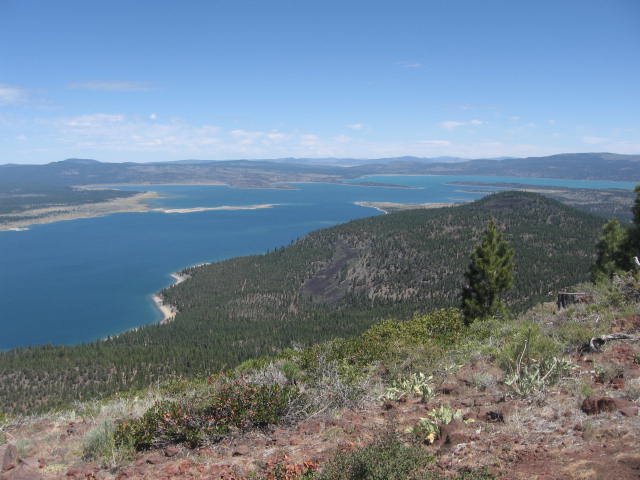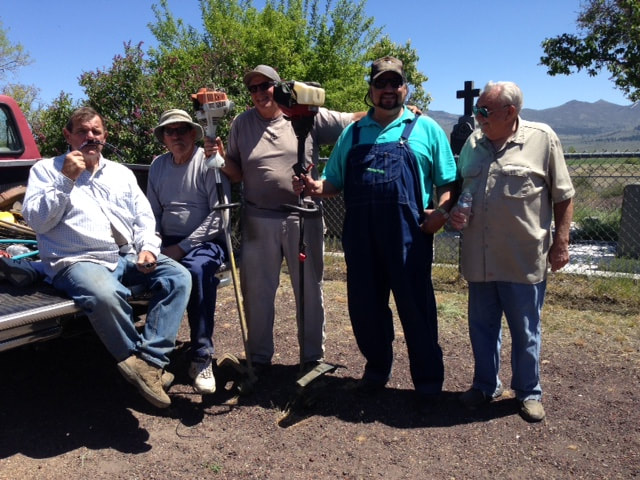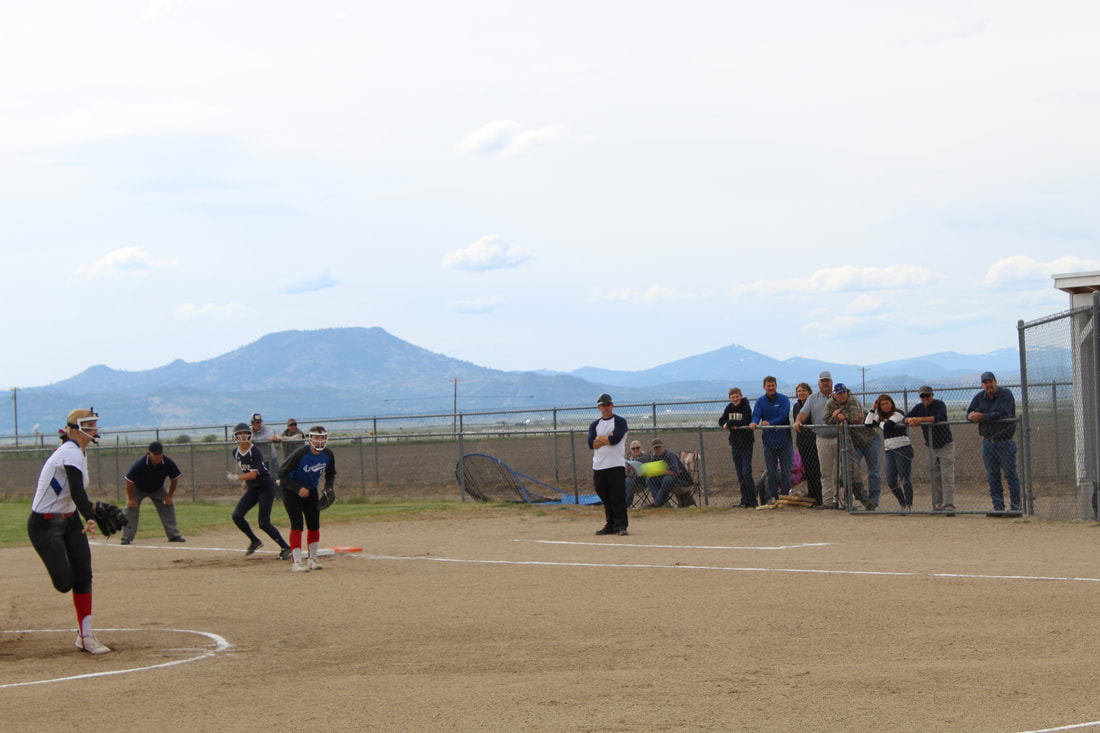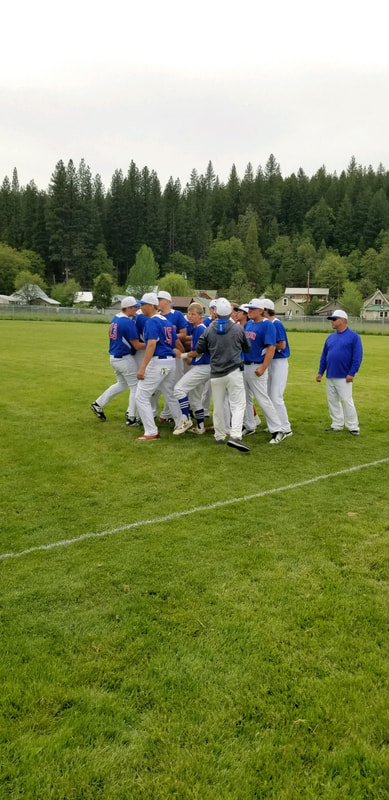Truckee Varsity Football Games return to TTCTV beginning August 23
TTCTV kicks off 2019 coverage of Truckee High School Varsity Football, Friday August 23, when the Wolverines travel to Grass Valley for a non-league opener against Bear River.
“The Voice of Truckee Sports” Keith Thomas will handle the play-by-play, and viewers can tune in the Friday Aug. 23, 7pm coverage on TTCTV Suddenlink Channel 6, and the live-stream at www.ttctv.org
Week two of the season will see the Wolverines travel to Fernley as “KT” calls his 100th broadcast of Truckee High Football on Friday August 30.
Businesses wishing to support the telecasts on non-profit, educational TTCTV, should lock-down their season sponsorship packages now by contacting Keith Thomas at (530) 448-0744 or atlaketahoe@aol.com
A complete season schedule, plus archived games from previous seasons can be viewed at ttctv.org/Truckee-Football
Truckee Tahoe Community Television continues to expand its coverage of local sports and other events, with plans to televise its first coverage of North Tahoe High School football and other TTUSD sports like soccer, volleyball, basketball and more this fall.
